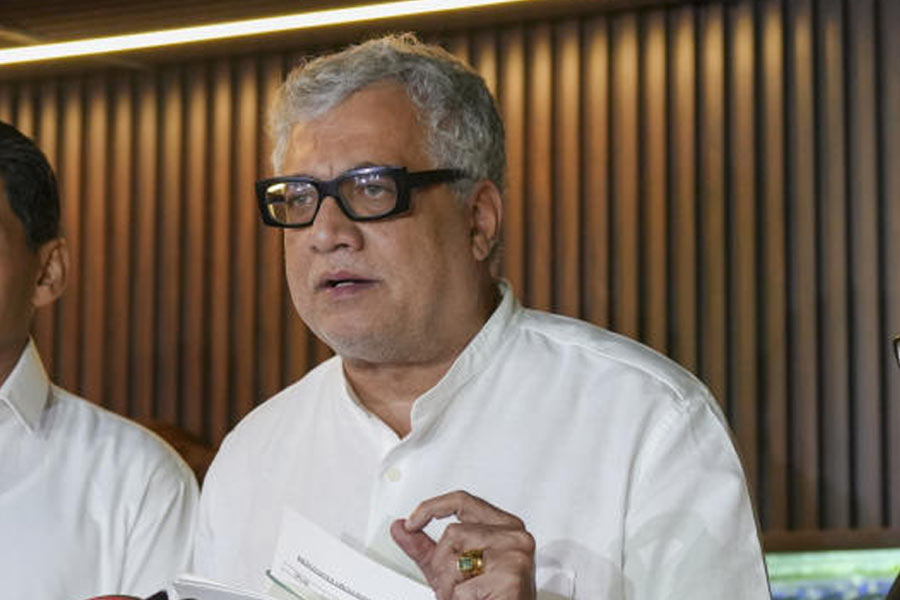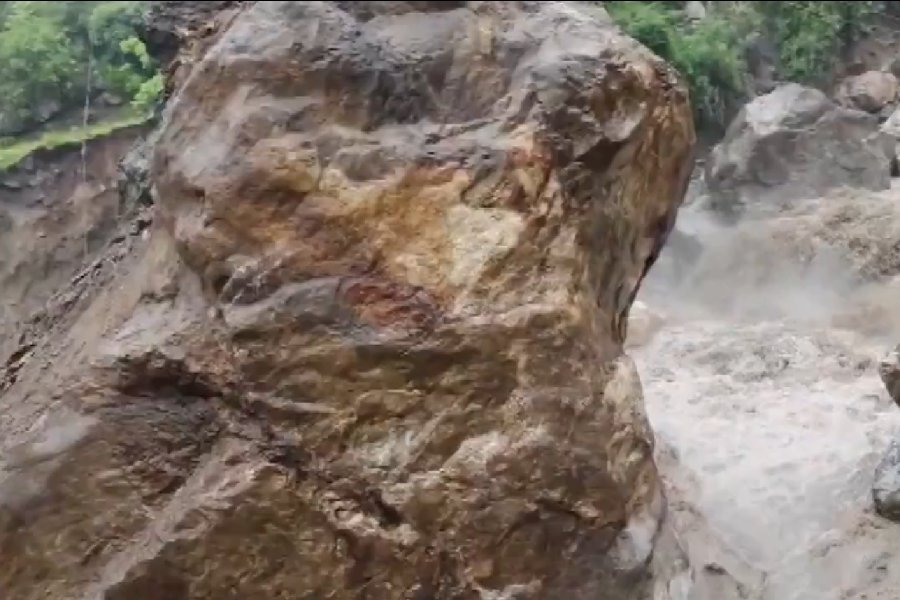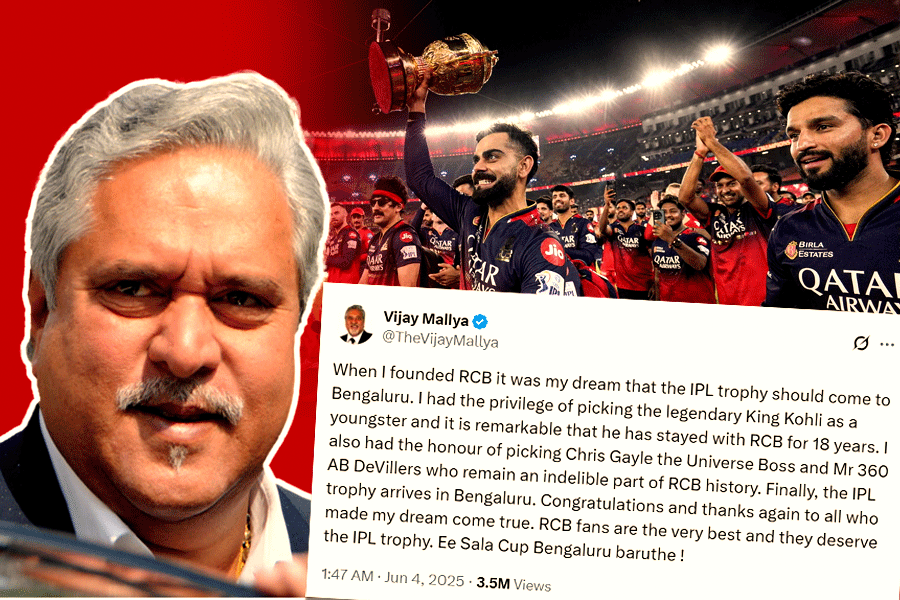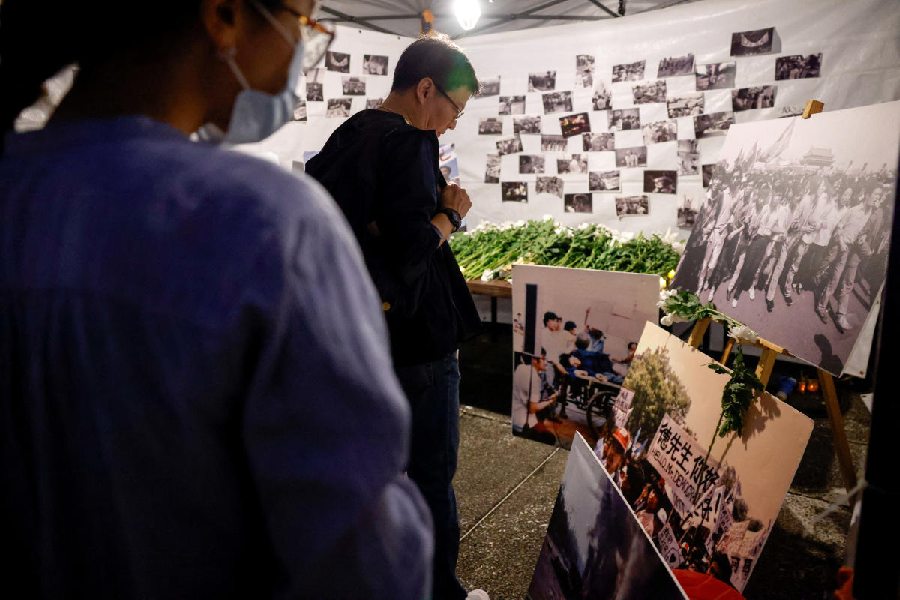_201948.jpg)
Mumbai, May 18: Aruna Shanbaug, the nurse whose brutal rape left her comatose for 42 years and catalysed India's passive-euthanasia law, died of pneumonia-related complications in Mumbai this morning, days short of her 67th birthday.
She died in her bed at the King Edward Memorial Hospital, where she had worked and been raped and had then been cared for and kept alive by her fellow nurses and their successors.
Aged 25 then, Aruna had been raped and partially strangulated with a dog leash by a ward boy on November 27, 1973, which left her in a persistently vegetative state.
As the decades went by, Aruna became the face of India's euthanasia debate that divided even her staunchest supporters: the nurses wanted her to live but her biographer Pinki Virani moved the Supreme Court seeking mercy killing.
In March 2011, the court passed a landmark verdict allowing passive euthanasia in principle - under strict conditions and high court supervision - but decided in favour of the nurses in Aruna's own case.
Virani, a writer-activist, hailed Aruna's legacy. "The woman who died a thousand deaths on the night of her brutal rape, the woman who was denied both the right to life and the right to death by this society, has left India a huge legacy," she told The Telegraph. "She has gifted millions of comatose patients like her the right to passive euthanasia. The Supreme Court was inspired by her life to craft this law."
Aruna, who had been engaged to a doctor from the same hospital when she was attacked, spent the past three days on a ventilator - a support she generally didn't require. "She passed away at 8.30am," said the hospital's medical superintendent, Dr Pravin Bangar.
Generations of nurses who had cared selflessly for Aruna these four decades - and fought the hospital, the government and everybody else who wanted her shifted - paid their last respects at the hospital courtyard where the body was kept since morning.

She was cremated in the evening in the Bhoiwada crematorium. As in life, she was the subject of a tussle in death.
Aruna's family, who had by all accounts forsaken her the day she was raped, turned up to claim the body. The children of Aruna's only sister, Shanti Nayak, demanded they be allowed to cremate her.
Shanti, with whom Aruna had put up in Mumbai when she worked at the hospital, died in 2013. The nurses, who say Shanti never kept in touch, were reluctant to hand the body over with the intent of themselves conducting the final rites.
A PTI report said a compromise was reached, with Aruna's nephew and the hospital dean together lighting the pyre and the nurses and other staff joining in the funeral.
Aruna had completed her shift on the day of the rape and was changing into ordinary clothes in an empty operation theatre in the basement, as all the other nurses did. But sweeper-cum-ward-boy Sohanlal Bhartha Valmiki had followed her. He pounced as soon as she stepped out.
Doctors say the attempted strangulation temporarily cut off oxygen to her brain, causing irreversible brain damage that left her alive but incapable of normal movement or communication. Her involuntary body functions were intact, though - a fact cited by the court to deny permission for euthanasia.
She was able to breathe on her own and digested the meals the nurses fed her every day. "The nurses even claimed she was at times able to, in some way, communicate with them - she looked more cheerful on certain days," said Avinash Supe, dean of the KEM hospital.
Three generations of nurses helped take care of her -young nurses taking over from those who retired - said Nirmala Rege, professor of pharmacology and therapeutics at the hospital.
Aruna was found in the basement the morning after the attack.
"The junior doctor she was engaged to visited her every day for the next four years, holding her hand and crying," said Deepa Mehta, former hospital matron and Aruna's caregiver for nearly two decades.
"Yet he pleaded with the (hospital) administration not to push rape charges against Sohanlal fearing it would tarnish Aruna's reputation. He hoped she would come around one day and they would get married."
She never did. He went abroad, got married and settled down overseas.
"But he kept in touch with his old colleagues and would call to enquire about her from time to time. He had called after the Supreme Court judgment on euthanasia too," a former dean of the hospital said.
Sohanlal was arrested the day after the assault and charged with robbery (he had stolen some money from her purse after the rape) and attempt to murder. "Neither the hospital and its staff nor Aruna's relatives had reported the rape. There's no mention of rape in the police diary, FIR or anywhere else (in legal documents)," Virani said.
Sohanlal, sentenced to seven years, walked free in 1980. Neither the hospital nor the police files, court records and jail documents have his picture.
"Hospital ward boys claim he moved to Delhi, changed his identity and went on to work in a Delhi hospital," Virani said.
Sohanlal, a native of Bulandshahr in Uttar Pradesh, had married shortly before the rape. Virani had wanted to reopen Aruna's case and file an FIR against Sohanlal for rape.
"But the Delhi police said they wouldn't be able to find him. I asked for a lookout notice but they said it wouldn't work," she said.

_201948.jpg)









